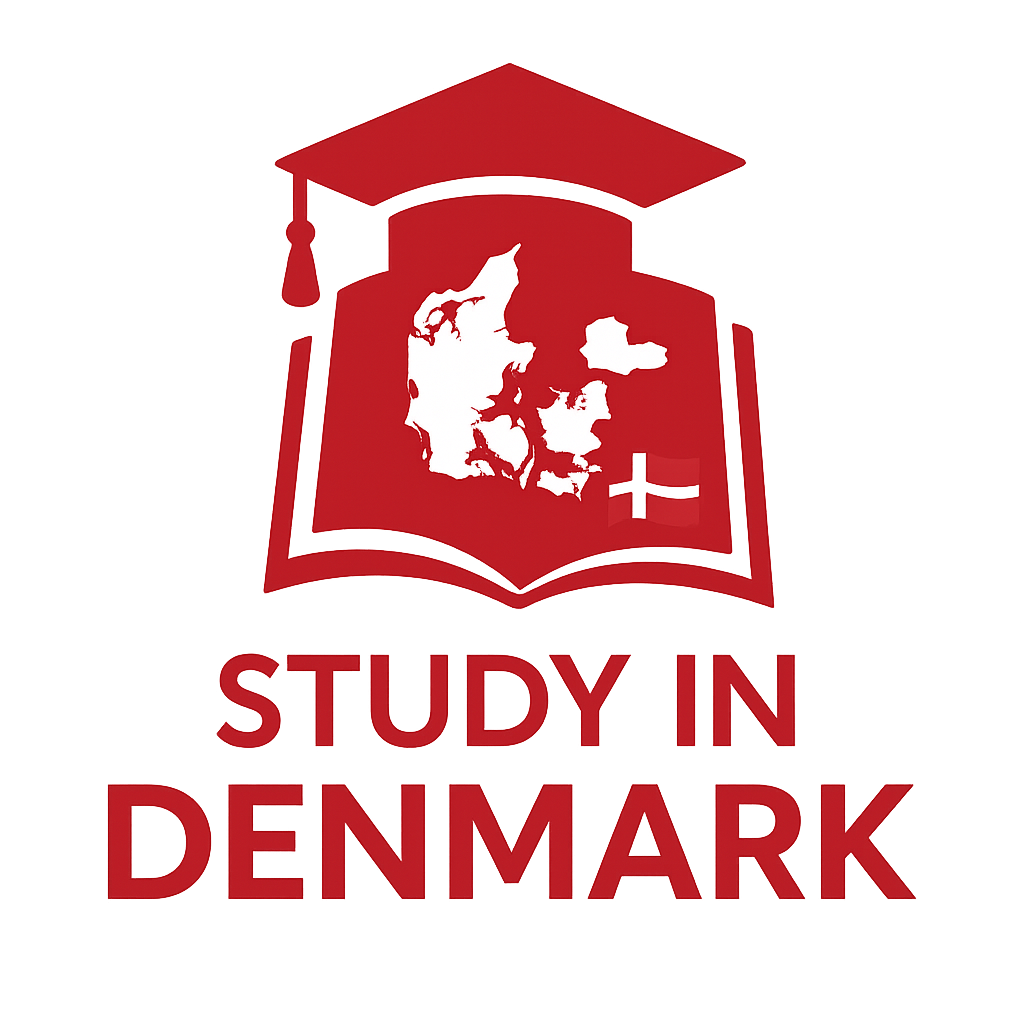Tips for International Students: Navigating Denmark’s Public Transport
Public Transport Options
Metro, Trains, and Buses
-
The Metro
Modern and Accessible: Copenhagen’s metro operates 24/7 and is fully automated, offering trains every 2-6 minutes depending on the time of day. It connects key areas, including Copenhagen Airport, making it a convenient option for newcomers eager to explore – an essential feature for students arriving from abroad.
-
S-Trains
Frequent Service: The S-train system, run by DSB, predominantly serves the Copenhagen area with trains operating frequently from 5:00 AM to 12:30 AM. On weekends, some lines offer all-night service, allowing students to enjoy the nightlife without worrying about transport home.
-
Regional and Intercity Trains
Seamless Connectivity: Regional trains and intercity connections facilitate easy travel from Copenhagen to other Danish cities such as Aarhus, Odense, and Aalborg, providing students the opportunity to explore diverse regions of the country.
-
Buses
Extensive Network: While generally reliable, buses may experience slight delays compared to trains. Both city and night buses extend the public transport network throughout the capital and surrounding areas.
Harbor Buses
Unique Experience: The harbor bus service in Copenhagen not only connects various waterfront locations but also offers a scenic perspective of the city. This can be a delightful way for students to get acquainted with the capital’s skyline and landmarks.
Cycling Integration
Bicycle Culture: Bicycles are integral to Danish culture. Many trains and ferries permit cyclists for a small fee, facilitating the combination of cycling and public transport, further enhancing mobility for students who prefer a green method of transportation.
Tickets and Travel Cards
Rejsekort (Travel Card)
Convenient and Cost-Effective: The Rejsekort is an electronic ticketing system used across all public transport modes. Students can simply tap their card at blue scanners when entering and exiting, allowing automatic fare calculations. This system suits students who frequently travel for classes and leisure.
Special Passes
-
Copenhagen Card
Explore Unlimited: This card grants unlimited travel in the Copenhagen region alongside free entry to over 80 attractions, making it ideal for students seeking to maximize their exploration during weekends or breaks.
-
City Pass
Short-term Flexibility: Available in various durations (from 24 to 120 hours), the City Pass offers unlimited transportation in Copenhagen zones, serving as a practical option for new arrivals adjusting to their schedules.
Discounted Youth Cards
Youth Savings: Students aged between 16-25 or those receiving state education grants can benefit from the “Ungdomskort,” which provides daily discounted commutes, aiding budget management for students.
DSB Orange Tickets
Intercity Travel Savings: For those wishing to travel beyond Copenhagen, DSB Orange tickets can be purchased in advance to access significant discounts, particularly valuable for students planning weekend getaways.
Practical Tips for Using Public Transport
Download Transport Apps
Travel Smart: The DOT Ticket and DSB mobile apps streamline the process of planning journeys, purchasing tickets, and checking schedules. These tools are indispensable for students accustomed to digital solutions managing their travel needs.
Mind the Zones
Understanding Fares: Familiarize yourself with the zone system in Copenhagen and other Danish cities, as fare costs depend on the number of zones traversed. This knowledge is essential for budgeting daily travel expenses.
Punctuality and Maintenance
Plan Ahead: Denmark’s public transport is generally punctual. Arriving on time is crucial, particularly given that maintenance schedules may lead to minor delays late at night.
Trust-Based Ticketing
Stay Compliant: While Denmark operates on a trust-based ticketing system, always ensure you possess a valid ticket to avoid costly fines, an important reminder for international students unfamiliar with local regulations.
Sustainability and Integration
Denmark’s commitment to sustainability is shown across its transport network, where many trains run on electric power and harbor buses utilize green electricity. Moreover, the integration of cycling and public transport underscores the nation’s dedication to fostering eco-friendly lifestyles. International students can embrace this ethos by leveraging public transport in combination with cycling, contributing positively to their new community.
Conclusion
Navigating Denmark’s public transport system can significantly enhance international students’ experiences. By understanding the available transport options, ticketing networks, and practical usage tips, students can adapt seamlessly to their new surroundings.
As a leading platform for international education, Study in Denmark is here to support students in not only their academic pursuits but also their transition into Danish life. Should you seek to partner with us for recruitment solutions or require further assistance in guiding your students, we encourage you to contact us for more information. Together, we can make your students’ journey in Denmark a rewarding and enriching experience.
Take the Next Step with Study in Denmark
We invite you to explore our resources and services to ensure a smooth transition into your new life in Denmark.




